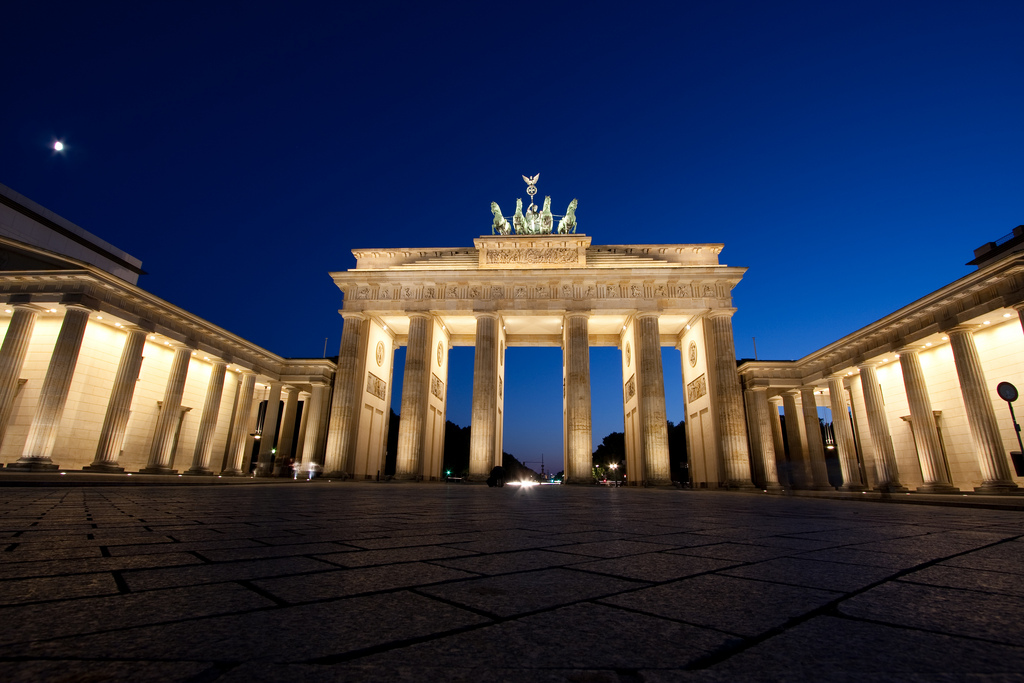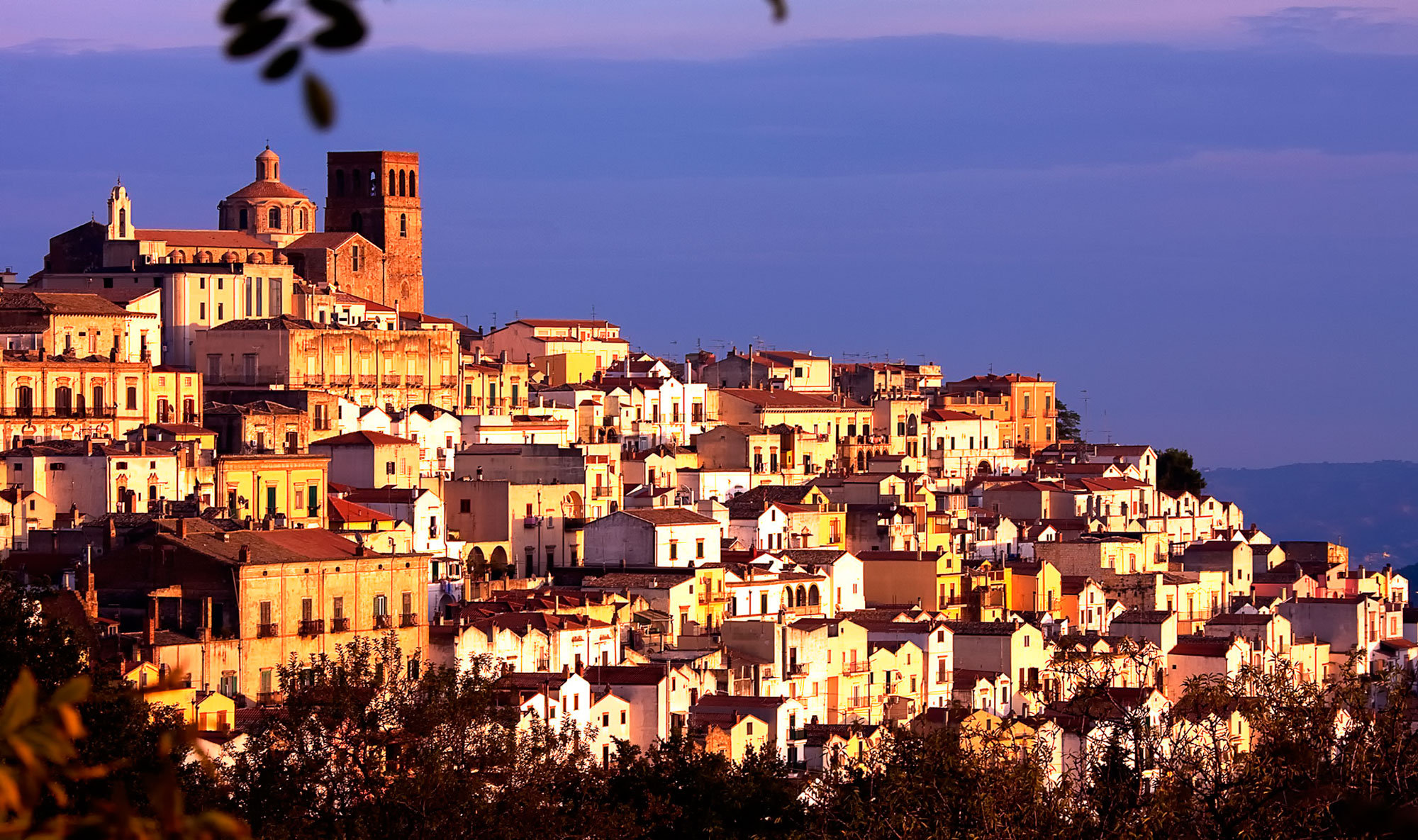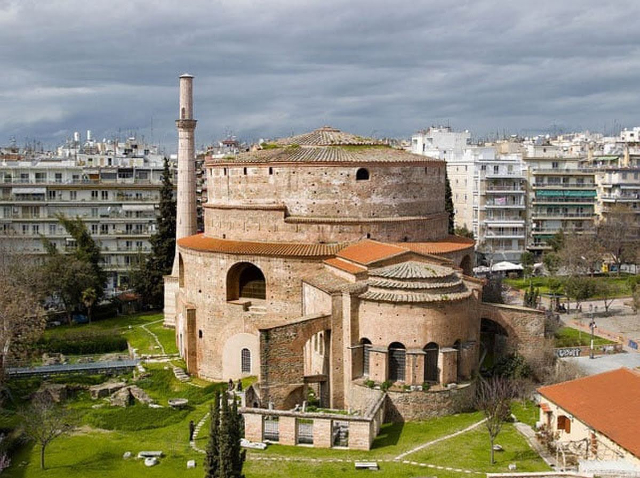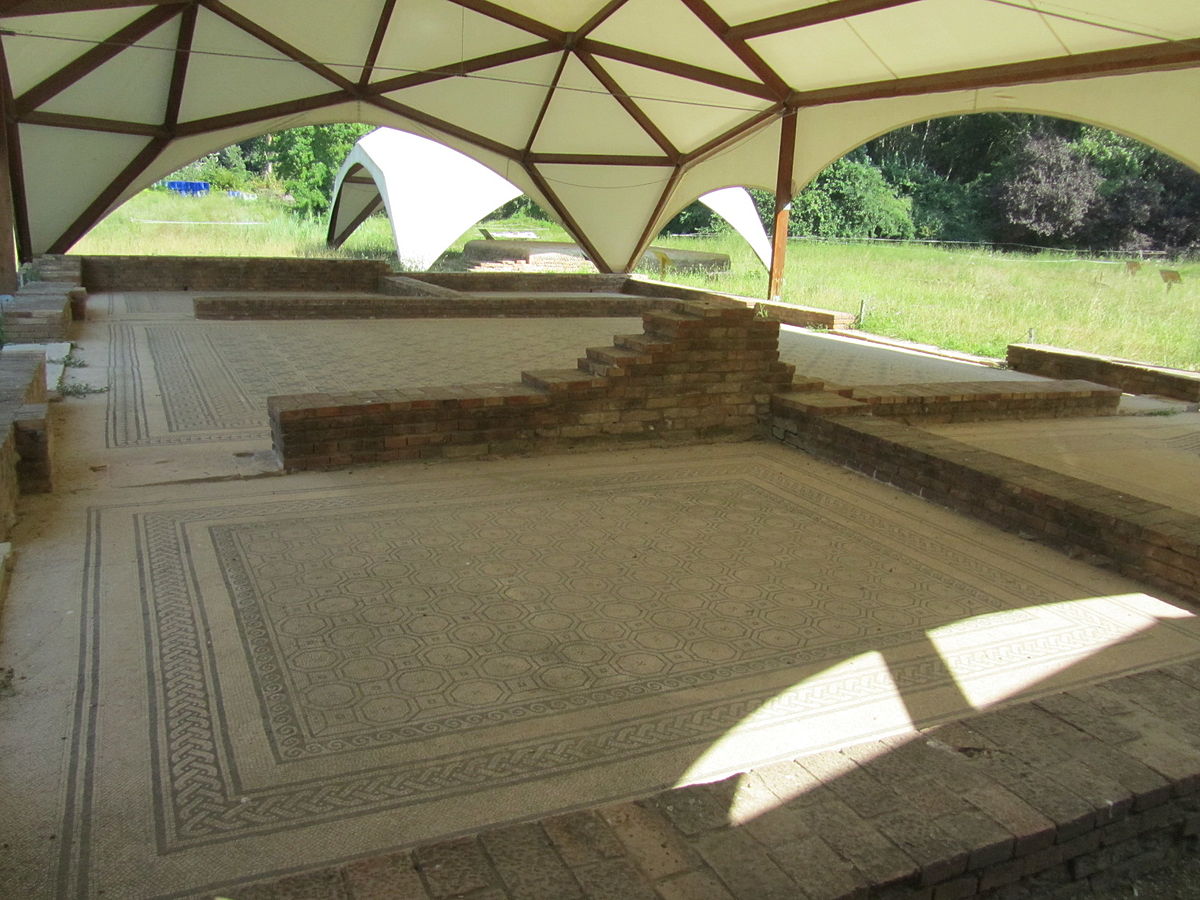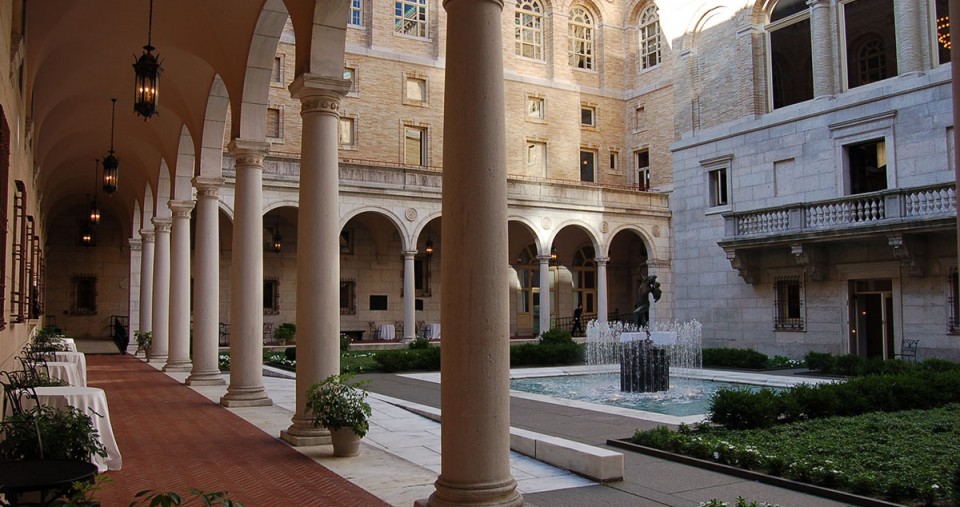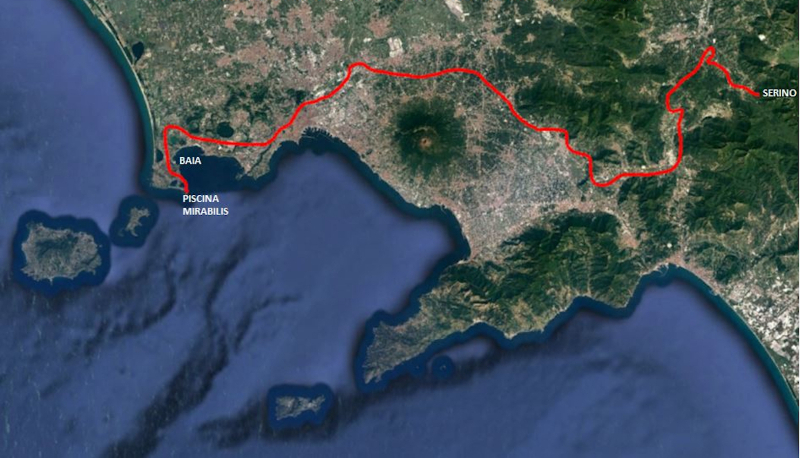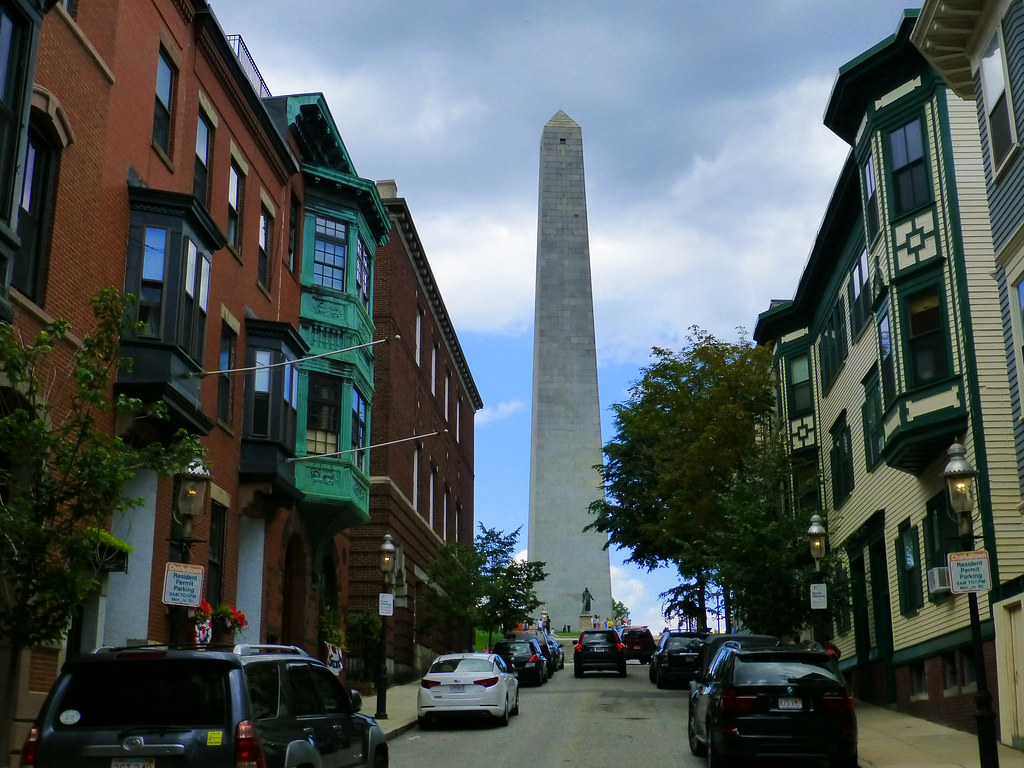The Brandenburg Gate is one of the most important monuments in Berlin, for over two centuries both symbol and landmark. Until a few years ago it was the emblem of the division of the city and visitors climbed up to its observation platform to gaze beyond the Iron Curtain, beyond the no-man’s land that separated – geographically and politically – East Berlin from West Berlin.
And it was here, on June 12, 1987, that Ronald Reagan pressed his enlightened adversary with the words: "Mr. Gorbachov, break down this wall!". The speech, which echoed the famous phrase of President von Weizsacker – "as long as the Brandenburg Gate remains closed, the German Question will remain open" – was addressed to the citizens of West Berlin, but was also heard beyond the Wall. After the reunification of Germany following the fall of the Berlin Wall (1989), the Brandenburg Gate became the symbol of the united New Berlin. On 22 December 1989 the Gate was officially reopened and 100,000 people flocked to celebrate the event. Unfortunately, on that very occasion the monument was seriously damaged, so much so that it had to be closed for restoration. The Gate was officially reopened on October 3, 2002.
Designed by Carl Gotthard Langhans and inspired by the propylaea of the Acropolis of Athens, the Gate was erected between 1788 and 1791. The only one that still exists today, and the most majestic, of the original 18 gates of the city, according to the wish of the Prussian sovereign Frederick William II, it should have enhanced the route to the avenue of Unter den Linden.
On the door stands the Quadriga, an imposing sculpture (1793) by Johann Gottfried Schadow depicting the Winged Victory, which can be seen from a great distance. In 1806, at the time of the Franco-Prussian wars, the sculpture was taken by Napoleon and brought to Paris as spoils of war, only to return triumphantly to Berlin in 1814.
